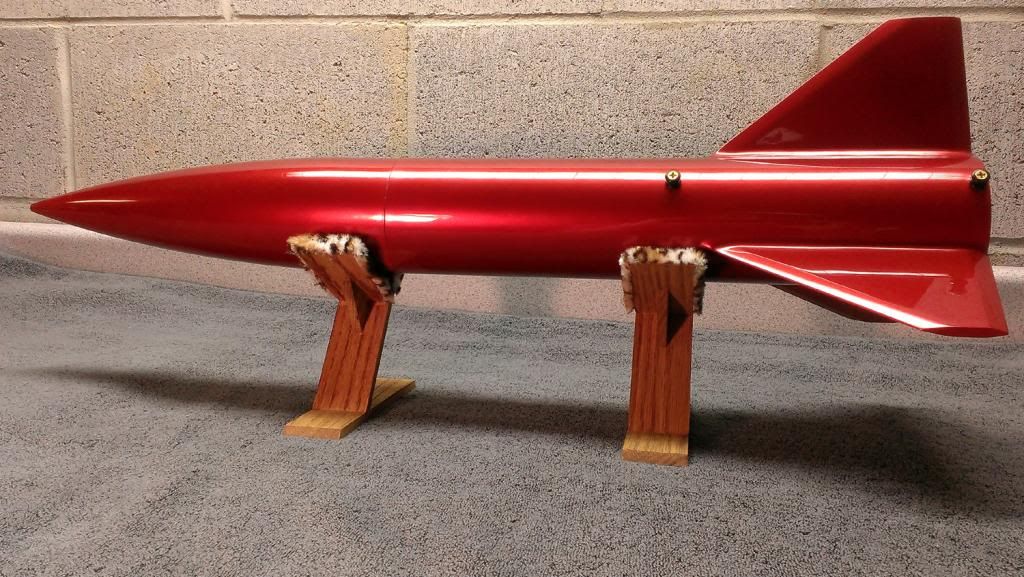jahall4
Well-Known Member
- Joined
- Jul 21, 2014
- Messages
- 1,245
- Reaction score
- 219
Typically the last prep I would do to a ply fin is sanding with 320 (maybe 400) before spraying it with a filler primer. On successive coats of Primer I would wet sand with 600 (maybe finish w/1000) before applying my next coat. Is there any reason I might consider something else?
The obvious difference with the G10 is youre making the surface less smooth. In fact it is so smooth I wouldnt think it would be good prime without sanding. So maybe just wet sand w/600 from the beginning?
The obvious difference with the G10 is youre making the surface less smooth. In fact it is so smooth I wouldnt think it would be good prime without sanding. So maybe just wet sand w/600 from the beginning?












